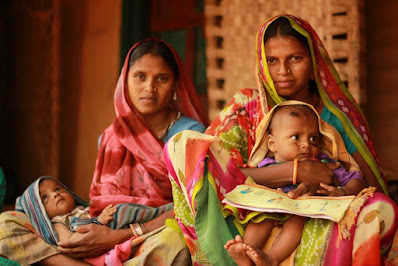Even as the world is reeling under the healthcare challenges posed by Covid -19, digital healthcare has emerged as a beacon of hope in this unprecedented situation. Although the technology was there for past two decades, it is more relevant now than ever. In a developing country like India where there is 1 doctor per 1500 people, telemedicine is reducing the burden on medical staff, ensuring that only the critically ill patients visit the hospital or clinic. Pic:Wikicommons
Pic:Wikicommons
Today a plethora of healthcare apps are
available like Aarogya Setu, Practo, Docprime, Medlife etc. that can help you monitor
health, get online consultation in the comfort of your home or get medicines
delivered at your doorstep. And what’s endearing is that Indians, who are
traditionally used to getting consultation in a clinic and in-person, are
adapting quickly to these new-age norms.
Infact, data supports this transition. India
ranks second in the world, next only to China, with maximum number of internet
subscribers (560 million), surpassing even USA! According to a Pricewaterhouse
Cooper 2014 report, 80% of Indians would have access to the internet by 2034,
and much of it will be rural Internet users, which are growing annually at 58%.
Besides, the political will exhibited by the government with projects like
National Digital Health Mission would further boost telemedicine growth in
India, which is expected to hit $5.4billion in next five years.
Amidst these positive indicators,
telemedicine can become the aorta of India’s heart, a safety valve that can
unburden the current strained medical ecosystem, and extend urban medical
facilities to rural areas. It can save poor man’s money and time on travel to
cities, lest he gets timely diagnosis and right prescription at the beginning
of a disease by a certified medical practitioner. In case of pandemics,
telehealth apps and network can work in collaboration with government to
disseminate authentic information and real time trends. Furthermore, their role
will evolve from online consultations to patient care, education, and
eventually incorporate research and public health administration too. Pic:GlobalGiving.org
Pic:GlobalGiving.org

